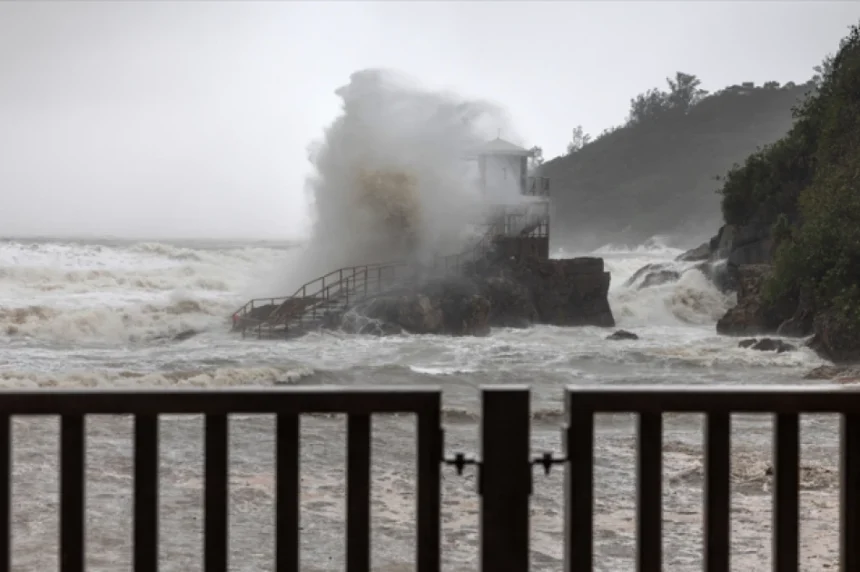The arrival of Typhoon Matmo on China’s southern coast is more than just a weather event; it is a high-stakes test of the nation’s sophisticated disaster response system. The pre-emptive evacuation of thousands is a well-rehearsed drill, honed by decades of experience with the Pacific’s fury, but it also highlights the growing challenges in a climate-changing era.
A Well-Oiled Machine in Motion
China’s response to incoming typhoons is a massive logistical operation. The process begins days in advance, with meteorological agencies tracking the storm’s path and issuing increasingly urgent warnings. This information cascades down through provincial, city, and village-level officials, who are tasked with executing evacuation plans. The strategy relies on:
-
Zoned Evacuations: Prioritizing the movement of people from the most vulnerable areas—coastal zones, river basins, and unstable slopes.
-
Utilizing Public Infrastructure: Schools, community centers, and government buildings are quickly converted into temporary shelters, stocked with essential supplies.
-
Mobilizing Personnel: Police, military units, and community workers are deployed to assist with evacuations and maintain order.
Why Guangdong is a Critical Battleground
The province of Guangdong, China’s manufacturing and export powerhouse, is a frequent target for typhoons. The economic stakes are immense. A direct hit from a major storm can halt factory production, disrupt global supply chains, and cause billions of dollars in damage to infrastructure. The mass evacuation is not only a humanitarian imperative but also an economic one, aimed at preserving the region’s workforce and minimizing operational downtime.
The Larger Context: A Warming World
While typhoons are a natural feature of the regional climate, scientists point to the role of climate change in potentially intensifying these storms. Warmer ocean waters can fuel stronger winds and lead to higher rainfall rates, increasing the risk of catastrophic flooding. The repeated need for large-scale evacuations raises critical questions about long-term resilience, urban planning, and the sustainability of coastal development.
The successful evacuation for Typhoon Matmo will be a testament to China’s ability to protect its citizens from immediate danger. However, the recurring nature of these events forces a broader conversation about adapting to a future where such powerful storms may become the new normal.










